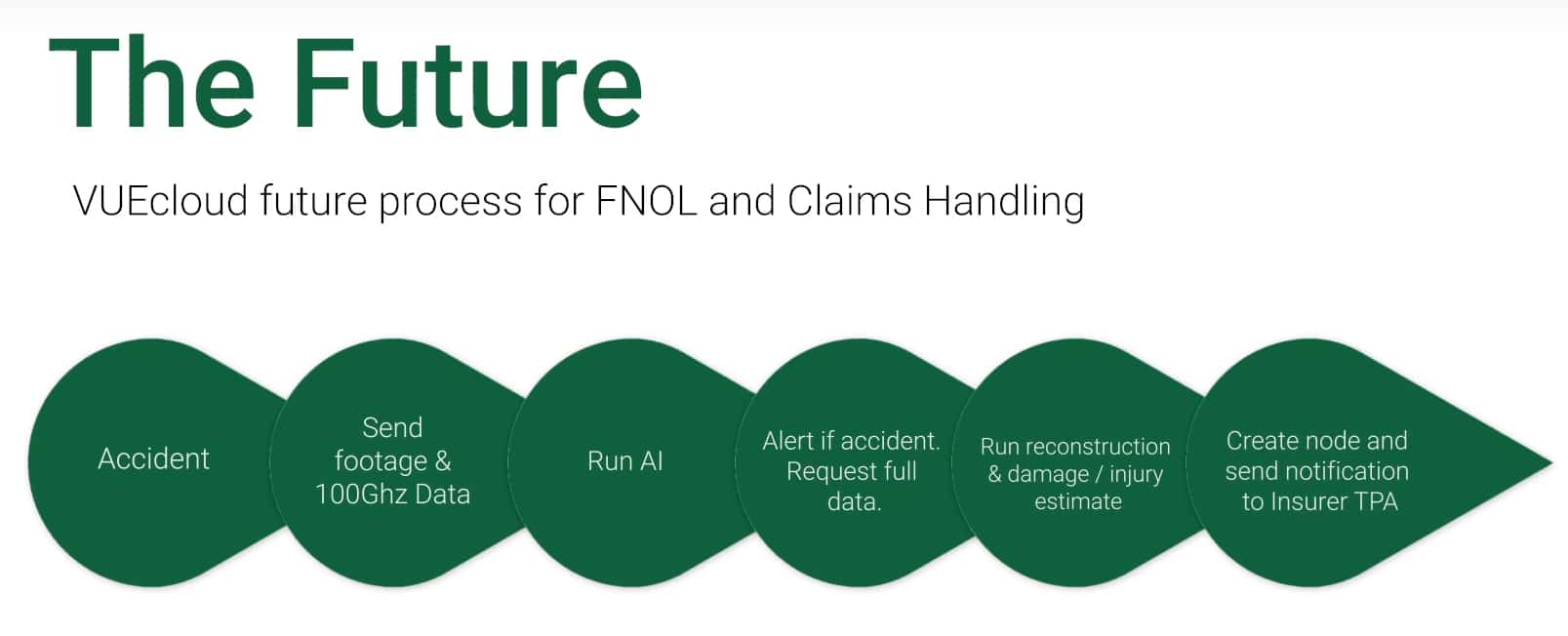Currently, a big problem with First Notification of Loss (FNOL) alerts is that there can be a lot of false positives. These false positives occur in situations where enough G-Force is generated to trigger an FNOL alert without any accident taking place. Examples include driving over a speed bump, breaking too abruptly or going around a corner too quickly.
One false positive per day may not sound like a lot, but if you have 10,000 vehicles in your system then this could mean 10,000 false positives per day. This usually results in staff ignoring these alerts, which is a problem as real accidents will also be ignored.
The solution is to reduce the number of false positives that are transmitted. This is particularly important if you want to receive FNOL alerts for low speed accidents, which may not cause too much damage to your vehicles but can lead to expensive personal injury claims. Reducing these false positive requires obtaining video footage of the incident and reviewing it to determine whether an accident took place or not.
However, the only way now to review this footage would be through human intervention. Someone would have to look at thousands of videos per day to assess whether an accident took place, 95% of which would probably be false positives.
With Artificial Intelligence (AI), however, it’s possible to develop a video analytics algorithm that analyses video footage and identifies what is and isn’t an accident.
In fact, we’re taking steps towards making this a reality right now.
This AI technology has endless potential, and we’re very excited to have platforms such as VUEconnected and VUEcloud that we believe people will be able to hang these solutions off.

Using VUEcloud, we already have a system where a claims handler can automatically be notified if an incident takes place. We worked with a global car manufacturer to test this and organised a professional crash test where our video telematics equipment was fitted into both vehicles. The vehicles were driven into each other at high speed, our equipment automatically detected the crash and the video footage from the accident was uploaded onto our VUEcloud platform. Claims handlers could then obtain this footage and telematics data in a ‘node’ (a folder) on VUEcloud.
We’re also working with partners who are reconstructing incidents from telematics data, estimating the cost of the incident and even the level of injury sustained within the vehicle. This will eventually lead to the development of the AI which can assess the incident in the video footage, run reconstruction and damage estimates and send all of the data onto the claims handler.
The future is bright for FNOL and claims handling, and VUE will always be at the forefront of these new advances, developing new technology for the benefit of fleet and insurers across the country.

